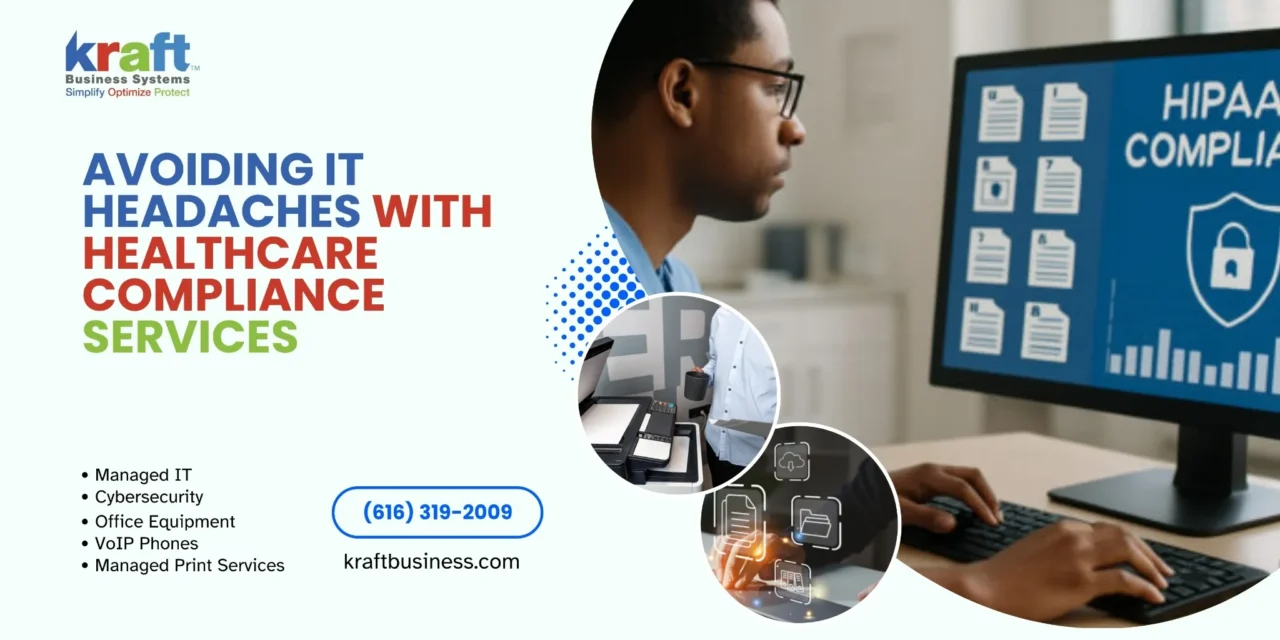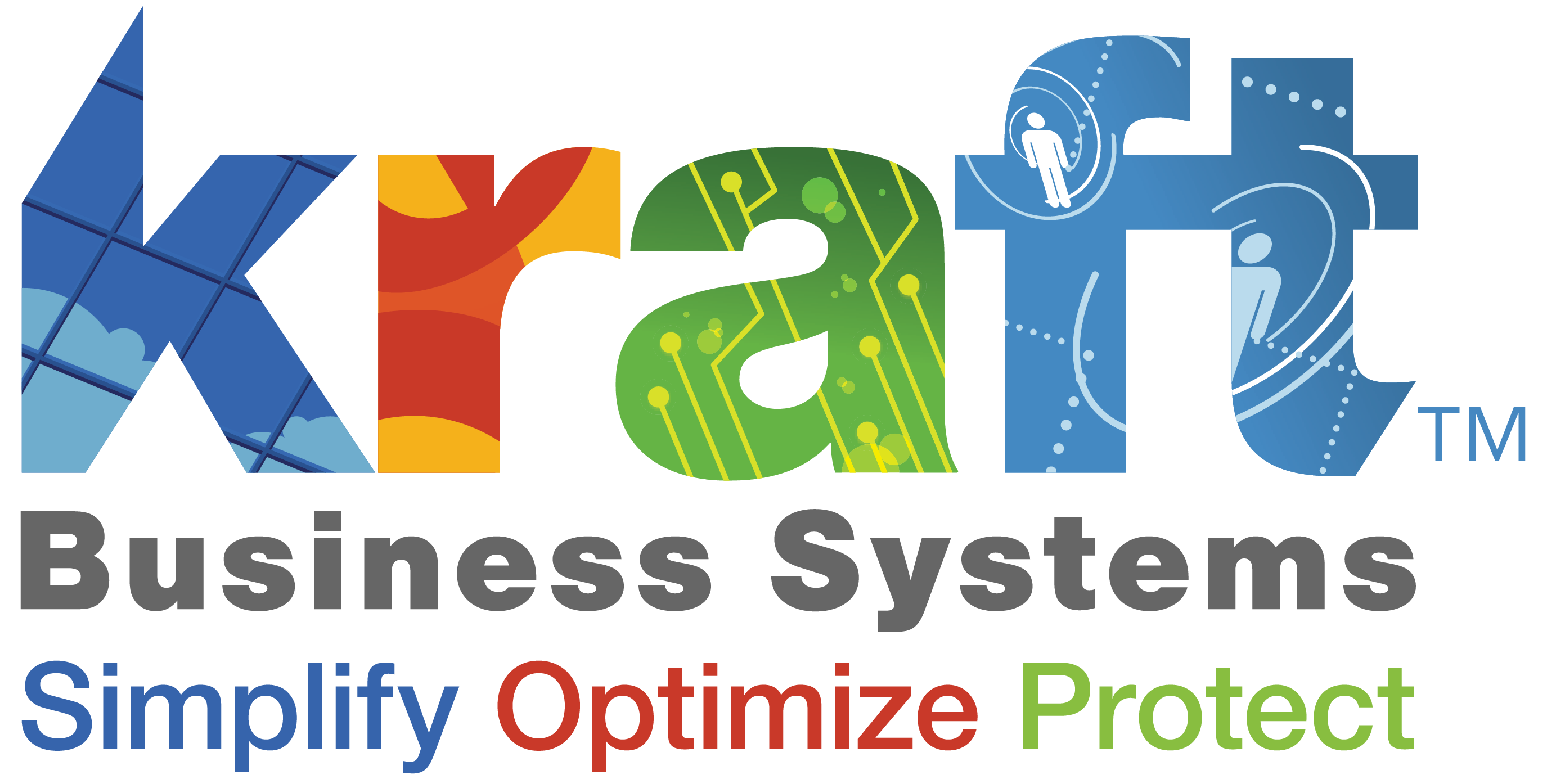IT compliance services for healthcare providers help medical organizations meet complex regulations like HIPAA while protecting patient data and avoiding costly penalties. These services combine expert guidance, automated tools, and ongoing monitoring to ensure your practice stays compliant with evolving healthcare regulations.
Key IT compliance services include:
- Risk assessments – Identify vulnerabilities in your systems and processes
- Policy development – Create HIPAA-compliant policies and procedures
- Employee training – Educate staff on privacy and security requirements
- Incident management – Handle breaches and security events properly
- Vendor oversight – Manage third-party compliance through business associate agreements
- Audit support – Prepare for and respond to regulatory audits
- Continuous monitoring – Track compliance status and regulatory changes
Healthcare organizations face significant challenges. Data breaches hit healthcare harder than any other industry – with average costs reaching $4.8 million per incident according to IBM’s data breach report. Meanwhile, regulations keep expanding and penalties keep climbing.
Healthcare organizations typically spend 4-7% of their IT budgets on cybersecurity, yet many still struggle with compliance gaps. A single HIPAA violation can trigger fines ranging from thousands to millions of dollars, depending on the severity and scope.
Compliance isn’t just about avoiding fines. It’s about protecting patient trust, ensuring quality care, and building a sustainable practice. When your compliance program works smoothly, your team can focus on what matters most – helping patients.

It compliance services for healthcare providers terms simplified:
- information technology audit services
- it governance risk and compliance management
- information compliance
The High Stakes of Healthcare Data
Healthcare data breaches aren’t just statistics – they’re devastating events that can destroy practices and harm patients. The 2024 data shows that over 1.35 billion records were exposed in data breaches across all sectors, with healthcare consistently ranking as the most targeted industry.
When a breach happens, the costs multiply quickly. Beyond the immediate technical response, you face breach notification requirements, potential lawsuits, regulatory investigations, and lasting damage to your reputation. Small practices can face fines reaching hundreds of thousands of dollars even for seemingly minor violations.
The reputational damage often proves more costly than the fines themselves. Patients lose trust when their personal health information gets compromised. Federal law may even require public notification of significant breaches, amplifying the damage.
Essential Guide to Healthcare IT Compliance Services
What Is IT Compliance in Healthcare?
IT compliance in healthcare means managing your technology systems to meet legal requirements while keeping patient information safe and secure. Think of it as the rulebook that governs how your practice handles everything from electronic health records to text message reminders.
The regulatory landscape breaks down into several key areas. HIPAA (Health Insurance Portability and Accountability Act) serves as the foundation, protecting patient privacy and setting standards for how health information gets handled. The HITECH Act extended these protections specifically to electronic health information.
FDA cybersecurity rules add another layer, particularly for practices using connected medical devices. Meaningful Use requirements round out the picture by encouraging proper EHR adoption while maintaining security standards.
Most of these regulations work together rather than against each other. They share common goals of protecting patients and improving care quality.
Core Concepts & Terminology
Electronic Protected Health Information (ePHI) forms the heart of healthcare IT compliance. This includes any health information stored, transmitted, or maintained electronically – from patient records in your EHR system to appointment confirmations sent via email or text.
HIPAA organizes protection requirements into three essential categories. Administrative safeguards cover your policies, procedures, and staff training programs. These are the human elements that determine how your team handles patient information day-to-day.
Physical safeguards control who can physically access your systems and workstations. This includes everything from locked server rooms to automatic screen locks on computers. Technical safeguards involve the technology controls themselves – encryption, access controls, audit logs, and similar protective measures.
Here’s what makes compliance tricky: you need all three working together. Installing great security software won’t help if your staff aren’t trained properly. Having excellent policies means nothing if someone can walk up to an open computer and access patient records.
Our IT Compliance and Risk Management guide walks through practical implementation steps for each of these safeguard categories.
Why Compliance Matters
Patient trust forms the bedrock of successful healthcare practices. When patients feel confident their personal information stays protected, they’re more likely to share sensitive details that help you provide better care.
Compliance programs directly improve quality of care when implemented thoughtfully. Secure, well-organized systems help your clinical staff find the right information quickly when they need it. Proper access controls prevent unauthorized viewing while ensuring the right people can access what they need to help patients.
The financial benefits extend far beyond penalty avoidance. Practices with strong compliance programs often see improved operational efficiency. Staff spend less time dealing with security incidents and more time focusing on patient care.
Healthcare organizations typically invest 4-7% of their IT budgets on cybersecurity. This investment pays for itself when it prevents even a single significant breach or regulatory violation. IT compliance services for healthcare providers help maximize this investment by ensuring every dollar works toward meaningful protection.
Strong compliance programs also create competitive advantages. Patients increasingly ask about data security when choosing healthcare providers. Being able to confidently explain your protection measures helps build trust and attract new patients to your practice.
Key Regulations, Standards & Risks

Healthcare regulations never seem to stop evolving. HIPAA’s Security Rule forms the backbone of healthcare IT compliance, requiring specific administrative, physical, and technical safeguards for electronic protected health information.
The HIPAA Privacy Rule works alongside the Security Rule, governing exactly how you can use and share protected health information. HITECH then expanded these requirements and introduced breach notification rules that make small problems very public very quickly.
FDA cybersecurity requirements now apply to medical devices, creating new compliance challenges for practices using connected equipment. Your blood pressure monitor or EKG machine might now be subject to federal cybersecurity rules.
OSHA guidelines intersect with IT compliance around workplace safety and record-keeping. Meanwhile, the Office of Inspector General (OIG) provides additional guidance on compliance program elements.
Ransomware attacks specifically target healthcare organizations because patient care literally depends on system availability. Insider threats remain equally dangerous, whether from malicious employees or well-meaning staff who accidentally click the wrong link.
IT compliance services for healthcare providers help steer this complex web of regulations while protecting against both external attacks and internal mistakes.
Consequences of Non-Compliance
Civil monetary penalties follow a tiered structure based on how serious the violation is and whether you should have known better. Fines range from $100 to $50,000 per violation, with annual maximums reaching $1.5 million.
Criminal liability represents the most serious consequences – fines up to $250,000 and imprisonment for up to 10 years for the most egregious violations. These typically involve intentional misuse or disclosure of health information for personal gain.

Office for Civil Rights (OCR) audits can trigger from patient complaints, breach reports, or random selection. These investigations are thorough, expensive, and time-consuming even when they don’t result in penalties.
Breach notification costs add another expensive layer. You must notify affected individuals, the Department of Health and Human Services, and potentially the media. Large breaches require individual written notices, which can cost several dollars per affected person.
The reputational damage often proves most costly long-term. Negative publicity drives patients away and makes recruiting quality staff difficult. Some practices lose hospital privileges or payer contracts after serious violations.
Staying Current with Evolving Rules
Healthcare compliance rules change frequently, and missing important updates can be expensive. Regulatory monitoring requires systematic approaches because you can’t just check occasionally and hope for the best.
Industry associations like the American Medical Association provide updates, but you need processes to ensure important changes reach the right people in your organization quickly.
Automated alert systems can help track regulatory developments without overwhelming your inbox. Many compliance service providers offer subscription services that monitor multiple agencies and provide summaries of relevant changes.
Professional development and continuing education help key staff stay current. Encourage team members to attend compliance conferences and webinars, but make sure they document what they learn and share insights with colleagues.
Our Prepare for Your HIPAA Risk Assessment guide provides a practical framework for staying ahead of compliance requirements through proactive planning rather than reactive scrambling.
Building an Effective Compliance Program

An effective compliance program combines written policies and procedures with practical implementation and ongoing monitoring. Start with a comprehensive risk assessment to identify your current vulnerabilities and compliance gaps. This assessment should cover all three HIPAA safeguard categories and address your specific operational environment.
Develop policies and procedures that address identified risks while remaining practical for daily operations. Generic templates rarely work well because every practice operates differently. Your policies should reflect your actual workflows, technology systems, and staffing structure.
Continuous monitoring ensures your program stays effective as your practice evolves. This includes regular audits of user access, system logs, and policy compliance. Automated tools can help track many compliance metrics, but human oversight remains essential.
Incident response planning prepares your team for security events and potential breaches. Your plan should define roles and responsibilities, communication procedures, and steps for containment and recovery.
Conducting Robust IT Risk Assessments
Risk assessments form the foundation of effective compliance programs. Start with a comprehensive asset inventory that includes all systems, devices, and data repositories containing PHI. Don’t forget mobile devices, backup systems, and cloud services.
Threat modeling helps identify potential attack vectors and vulnerabilities. Consider both external threats like hackers and internal risks from employees or vendors. Evaluate the likelihood and potential impact of different scenarios to prioritize your response efforts.
Document your findings thoroughly and develop remediation plans with specific timelines and responsible parties. Track progress on remediation efforts and update your risk assessment regularly as your environment changes.
Our IT Compliance Audit Guide provides detailed steps for conducting thorough assessments that meet regulatory requirements while providing actionable insights.
Training & Awareness Culture
Employee training extends far beyond annual HIPAA presentations. Effective programs use role-based training that addresses specific job functions and responsibilities. Front desk staff need different training than clinical personnel or IT administrators.
Phishing simulations help staff recognize and respond appropriately to social engineering attempts. These exercises should be educational rather than punitive, focusing on building skills rather than catching mistakes.
Annual refreshers keep compliance awareness current, but ongoing communication proves more effective. Regular reminders about policy updates, security tips, and lessons learned from incidents help maintain awareness throughout the year.
For smaller practices, our Four Things Small Healthcare Practices Need to Know About HIPAA guide provides focused training priorities.
Managing Vendors & Third Parties

Third-party risk management requires systematic approaches because business associates can create compliance obligations for your practice. Business Associate Agreements (BAAs) provide legal protection, but they don’t eliminate risk – they just define responsibilities.
Due diligence should occur before signing contracts and continue throughout the relationship. Evaluate vendors’ security practices, compliance certifications, and incident response capabilities.
Continuous oversight helps ensure vendors maintain appropriate security standards. This might include periodic security questionnaires, review of audit reports, or on-site assessments for high-risk relationships.
Document your vendor management activities to demonstrate compliance efforts during audits or investigations. Our IT Compliance Risk Management Services approach includes comprehensive third-party oversight.
Choosing IT Compliance Services for Healthcare Providers

Selecting the right IT compliance services for healthcare providers feels overwhelming when you’re already juggling patient care and practice management. You don’t need to become a compliance expert overnight. You just need to find services that match your practice’s unique needs and growth plans.
Think about your current situation honestly. Are you a busy family practice with three physicians who barely have time to update policies? Or maybe you’re a growing specialty clinic that needs sophisticated compliance tools but lacks internal IT expertise?
Service scope makes the biggest difference in your experience. Some providers offer comprehensive programs that handle everything from risk assessments to employee training. Others focus on specific areas like policy development or incident response. Smaller practices often find comprehensive services more valuable because they don’t have dedicated compliance staff.
Automation capabilities can transform your compliance experience from painful to manageable. Look for services that handle routine tasks like policy updates, training reminders, and compliance reporting automatically. But remember – automation should improve human expertise, not replace it entirely.
Integration with your existing systems prevents compliance from becoming another disconnected headache. Services that work smoothly with your EHR, practice management software, and other key applications provide much better value.
Reporting and analytics help you demonstrate compliance efforts during audits while identifying trends that need attention. Look for services that provide both detailed operational reports for your compliance officer and executive summaries suitable for board meetings.
Features to Look For
Policy libraries should include healthcare-specific templates while allowing customization for your practice’s unique workflows. Generic policies from the internet rarely address the real challenges you face daily.
Incident management capabilities become critical when something goes wrong. You want services that provide clear workflows for investigating potential breaches, documenting your response, and meeting notification requirements. Some providers offer 24/7 support for urgent incidents.
Real-time dashboards give you visibility into your compliance status without overwhelming you with unnecessary data. Focus on services that highlight actionable insights rather than drowning you in metrics.
Multi-framework mapping helps if you’re subject to multiple compliance requirements beyond HIPAA. Services that address HITECH, FDA cybersecurity rules, and other relevant standards through integrated approaches save significant time and reduce confusion.
Our Cybersecurity Compliance resource explains how different compliance frameworks work together and where they overlap.
Benefits of IT Compliance Services for Healthcare Providers
Cost savings often justify compliance service investments within the first year. Avoiding even one moderate HIPAA penalty typically covers years of service costs. More importantly, improved efficiency reduces the time your staff spends on compliance activities.
Expert guidance helps you steer complex regulations without becoming a compliance expert yourself. Compliance professionals stay current with regulatory changes and industry best practices, providing insights that busy healthcare providers simply don’t have time to develop internally.
Faster audit responses reduce disruption to your practice and demonstrate professionalism to regulators. Services that maintain organized documentation and provide audit support can significantly shorten investigation timelines.
Peace of mind might be the most valuable benefit of all. Knowing that experts are monitoring your compliance posture and keeping track of regulatory changes allows you to focus on what you do best – caring for patients.
Comparing In-House vs. Outsourced Programs
Staffing needs for comprehensive compliance programs often exceed what smaller practices can justify. True compliance expertise requires ongoing education and broad experience that’s difficult to maintain with limited staff.
Tool costs add up quickly when building in-house capabilities. Compliance software, security assessment tools, and monitoring platforms require substantial upfront investments plus ongoing maintenance and upgrades. Service providers often give you access to enterprise-grade tools at much lower effective costs.
Expertise depth varies significantly between approaches. Your internal staff understand your practice better than anyone, but they may lack the broad compliance experience that comes from working with multiple healthcare organizations.
Response speed depends on available resources and expertise. Internal teams can respond immediately to issues but may lack specialized knowledge for complex situations. External services provide expert response but might have initial delays while they engage with your specific situation.
Our Specialized Healthcare IT Support Solutions guide explores different service models and helps you understand which approach works best for practices of different sizes and complexity levels.
Essential Guide to Healthcare IT Compliance Services
Frequently Asked Questions about Healthcare IT Compliance
Healthcare providers often have similar questions about compliance requirements. These answers address the most common concerns we hear from practices working to protect patient data and meet regulatory standards.
What triggers an OCR audit?
Several situations can put your practice on the Office for Civil Rights’ radar. Breach notifications automatically generate scrutiny, particularly when incidents affect 500 or more patients. These large breaches require public reporting, which makes them impossible for regulators to ignore.
Patient complaints about privacy violations also prompt investigations. Sometimes these complaints seem minor – like a patient upset about receiving someone else’s appointment reminder – but they can trigger comprehensive audits of your entire compliance program.
The OCR also conducts random audits to assess general compliance across the healthcare industry. Think of these as spot checks that can happen to any covered entity, regardless of their compliance history.
Repeat violations or patterns of problems significantly increase your audit risk. Organizations with previous enforcement actions face much closer scrutiny going forward. High-profile incidents that attract media attention can also draw regulatory interest, even if the actual violation was relatively minor.
Your best protection involves maintaining robust IT compliance services for healthcare providers that demonstrate good faith efforts to follow regulations. Document everything thoroughly and address any gaps you identify quickly. Regulators tend to be more lenient with organizations that can show they’re actively working to improve their compliance posture.
How often should we perform a security risk assessment?
HIPAA requires periodic security risk assessments but frustratingly doesn’t specify exact timing. Most compliance experts recommend annual assessments as the absolute minimum for healthcare practices of any size.
However, major changes to your practice should trigger additional assessments between your regular schedule. System upgrades, new software implementations, office moves, or significant staffing changes can all introduce new risks that need evaluation.
Significant operational changes definitely require fresh assessments. This includes mergers, acquisitions, adding new locations, or implementing new clinical technologies. Each change potentially creates new vulnerabilities or compliance gaps.
Some larger practices benefit from continuous risk monitoring rather than point-in-time snapshots. This approach provides ongoing visibility into your security posture and can catch problems before they become serious issues.
The key is documenting your assessment schedule and sticking to it consistently. Regulators look much more favorably on organizations that demonstrate systematic approaches to risk management, even if they find some problems along the way.
Can an EHR alone make us HIPAA compliant?
This might be the most dangerous misconception in healthcare IT. Your electronic health record system provides crucial technical safeguards, but EHR software cannot ensure complete HIPAA compliance by itself.
HIPAA compliance requires three types of safeguards: administrative, physical, and technical. Your EHR handles many technical requirements like encryption, access controls, and audit logging. But it can’t create your policies and procedures, train your staff, or secure your physical workspace.
You still need comprehensive policies that govern how staff use the system appropriately. You need training programs that ensure everyone understands their responsibilities. You need physical security measures protecting workstations, servers, and mobile devices.
Think of your EHR as providing important tools for compliance, but not the complete solution. It’s like having a great security system for your house – it helps protect you, but you still need to remember to lock the doors and not give out your alarm code to strangers.
Many practices make the costly mistake of assuming their EHR vendor handles all compliance requirements. While vendors do provide important technical controls and may offer business associate agreements, ultimate responsibility for compliance always remains with your practice.
The most effective approach combines HIPAA-compliant technology with professional guidance on policies, training, and ongoing monitoring. This is where IT compliance services for healthcare providers become invaluable – they help bridge the gap between what your technology can do and what regulations actually require.
Conclusion
Healthcare compliance doesn’t have to keep you awake at night. Yes, the regulations are complex and the stakes are high, but thousands of practices across the country manage compliance successfully every day. The secret isn’t having a perfect system – it’s having a system that works for your practice and grows with you.
Think of compliance as building good habits rather than checking boxes. When your team naturally follows secure procedures and your systems work smoothly, compliance becomes part of your daily routine instead of a separate burden. Patients notice the difference too – they feel more confident when they see professional, organized operations.
The regulatory environment will keep evolving. New threats will emerge. Your practice will grow and change. That’s exactly why you need IT compliance services for healthcare providers that adapt with you rather than forcing you into rigid templates that don’t fit your reality.
We’ve seen practices transform their approach to compliance from reactive scrambling to proactive management. The difference isn’t just about avoiding penalties – though that’s certainly important. It’s about creating an environment where your team can focus on patient care instead of worrying about security incidents or audit surprises.
At Kraft Business Systems, we work with healthcare providers throughout Michigan who face the same challenges you do. Whether you’re a small family practice in Traverse City or part of a larger health system in Grand Rapids, the fundamental compliance requirements remain the same – but the solutions need to fit your specific situation.
Our approach starts with understanding how your practice actually operates, not how we think it should operate. We help you build compliance programs that make sense for your team, your patients, and your budget. Our IT Compliance Risk Management Services provide the expertise and tools you need without overwhelming your staff or disrupting patient care.
The best compliance programs feel almost invisible to daily operations. Staff follow proper procedures because they’re logical and well-designed, not because they’re forced to jump through hoops. Systems work reliably and securely without constant intervention.
Getting there takes time and expertise, but it’s absolutely achievable. You don’t have to become a compliance expert yourself – you just need to work with people who understand both the regulations and the realities of healthcare practice.
Ready to stop worrying about compliance and start focusing on what you do best? Let’s talk about how we can help you build a secure, compliant, and efficient healthcare IT environment that actually supports your mission instead of getting in the way.






